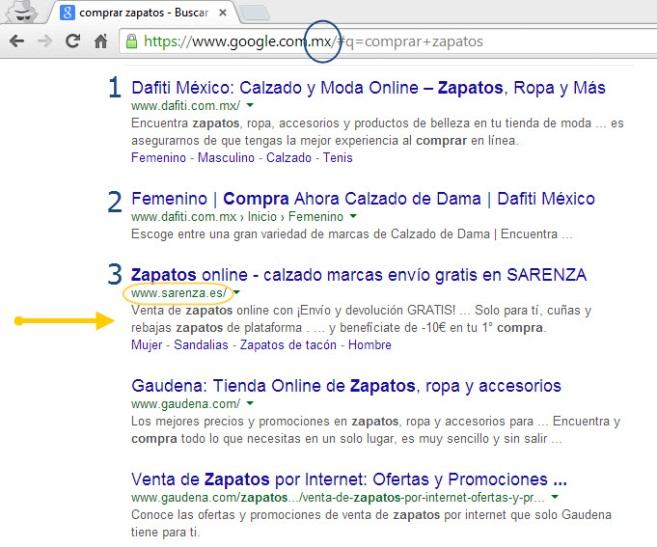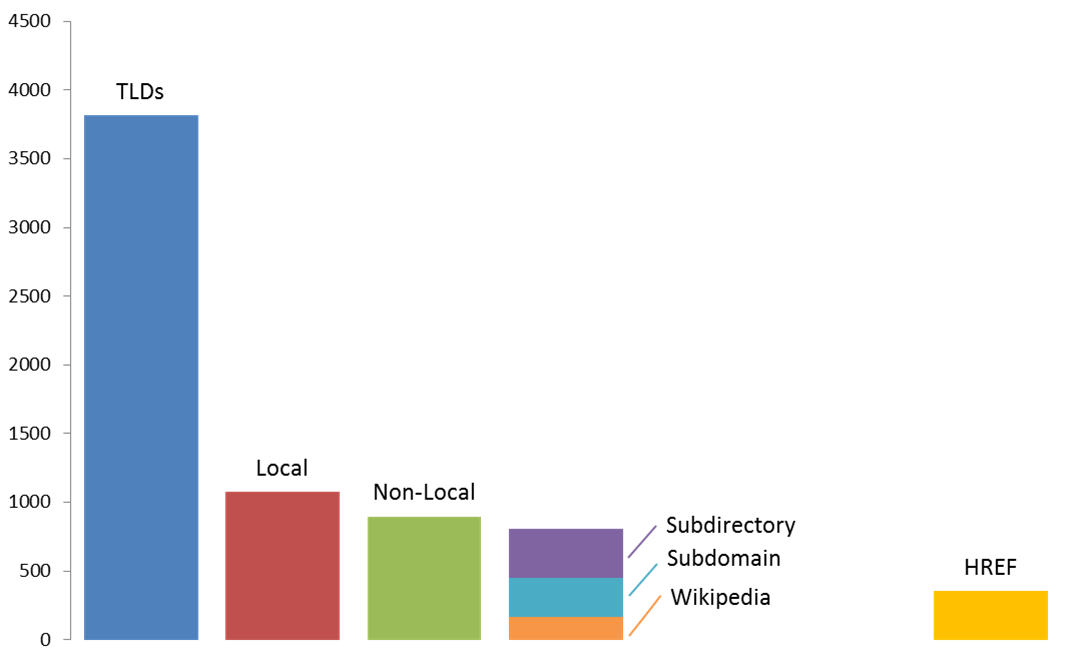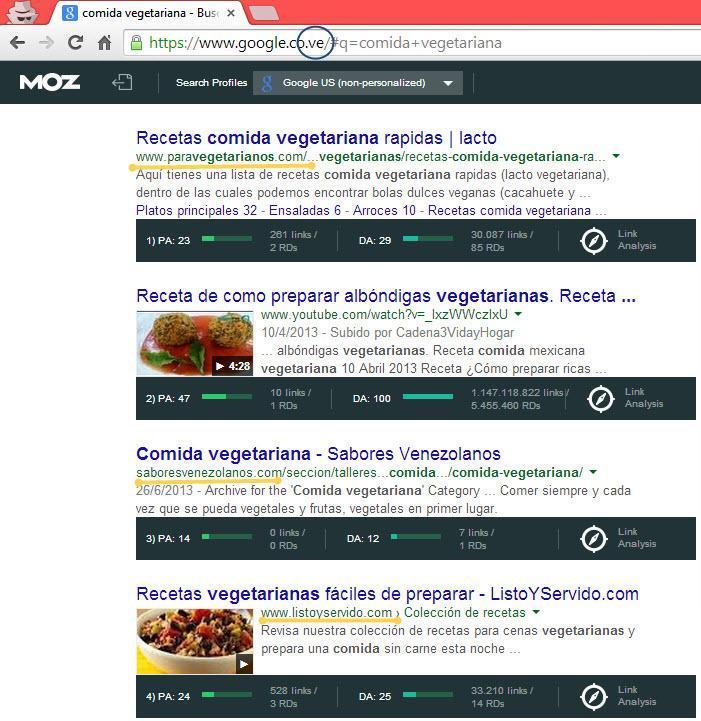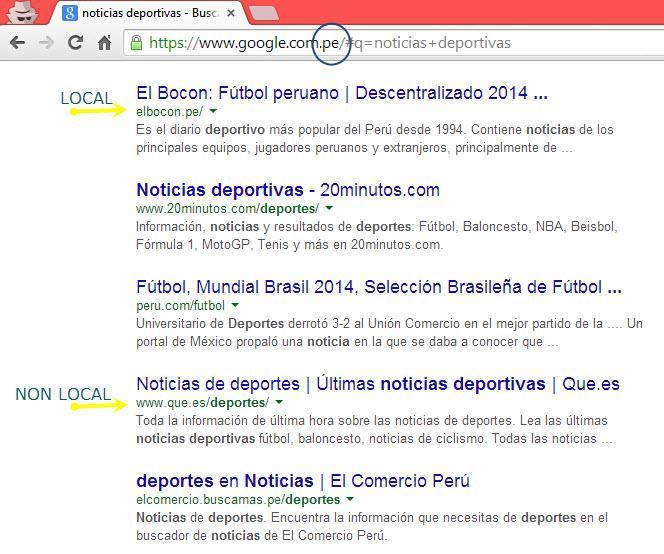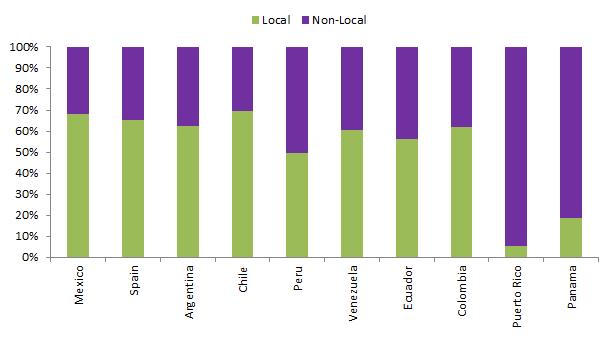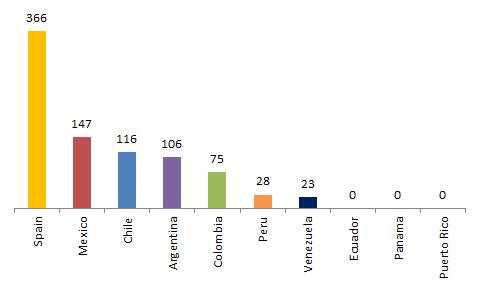06When an organization decides to take their digital marketing to Latin America, the first thing they have to decide is their website structure. Specifically, are they going to set up ccTLD’s for each specific market, or let those pages live on their current domain (ccTLD’s, Subfolders or Subdomains). Each one has its advantages and the choice you make will depend on whether your goal is to reach a new market in a language or in a country.
When an organization decides to take their digital marketing to Latin America, the first thing they have to decide is their website structure. Specifically, are they going to set up ccTLD’s for each specific market, or let those pages live on their current domain (ccTLD’s, Subfolders or Subdomains). Each one has its advantages and the choice you make will depend on whether your goal is to reach a new market in a language or in a country.
In many cases, this is a business, rather than SEO or marketing decision. This decision has been covered very well, so there is no need to belabor the point.
Although our experience has been varied, our advice to clients had been guided by anecdotal information, competitor research and accepted industry practices. But we weren’t satisfied with that. So in June of 2014, we decided to test our hypothesis, answering these questions:
Does having a local ccTLD give a website a local search advantage in Spanish speaking countries? Does it hurt its chances of appearing in the SERPs of other member countries?
We conducted a study in intended to help us have a better understanding of the answers to these questions. The study was the largest we had ever conducted, but relative to the size of the Spanish language web it is still relatively small.
The Study
We started with the following hypothesis:
Having a country specific ccTLD has no discernable effect on whether the site ranks in a particular country.
We built this assumption based an article written in the State of Digital Blog by Gianlucca Fiorelli, as well as on anecdotal data based on comments from other marketers focused on Latin America, who have mentioned the phenomenon of seeing “incorrect” ccTLD’s ranking in their home markets. For example:
To test the hypothesis we conducted a study that included the following:
- Looked at Search Engine Result Pages for local Google domains
- Keywords from the 22 verticals that exist as AdWords categories (3 keywords from each vertical)
- Different search volumes (More than 10,000 monthly global searches, more than 5,000 global monthly searches, less than 100 global monthly searches
- Keywords chosen were non-localized (so “soup” recipes could be included, but “plumbers in Medellin” would not make the cut)
- 10 different Spanish speaking countries (Mexico, Spain, Argentina, Chile, Colombia, Peru, Ecuador, Puerto Rico and Panama)
- Only the top ten results from each SERP were included for analysis
- A total of 660 Search Engine pages (6600 total listings) were analyzed
The Results
58.7% of sites among the top 10 use a gTLD (.com, .net., .org)
We have a few theories about why this is that case. First of all, gTLD’s are far less expensive than ccTLD’s (about 10 USD per year vs. 50 USD per year in many cases). It is also possible that when people were buying domains, there were still excellent Spanish language word or phrase based domains available for purchase, making a ccTLD unnecessary. Finally, when creating a content rich site, limiting yourself to one country was probably not a good move, strategically.
29.9% use ccTLD’s. Of those, 16.3% ranked in the “correct” country, and 13.6 ranked in the “incorrect” country
Let’s define what that means.
Local: include those ccTLD’s that match with the browser used. Example: Google.es = www.sitio.es
Non-local: those that do not match. Example: Google.com.mx = www.website.ar
This means that we have an almost one to one ratio (per 1.196 Local there is 1 non-local). And this can be interpreted as having a country specific ccTLD has no discernable effect on whether the site ranks in a particular country.
To dig deeper into this analysis we will make an approach to the situation of the SERPs with ccTLD Local and Non-Local in each country.
(Relationship Local / Non-Local, if we take the ccTLD’s as 100% of the results)
The graph above shows that mature speaking markets have a greater percentage proportion of local ccTLD’s bigger than ccTLD’s non-local, while those smaller markets show many results from other countries to fill the information gaps.
With this in mind, it stands to reason that websites from the more mature markets would rank more often the rest of the Spanish speaking world. This shows us that Google prioritizes quality information over local content. At least this appears to Google’s philosophy. Anecdotally, other SEO’s in LATAM are very frustrated by the current situation which seems to tilt the scales in favor of foreign websites with more overall authority, rather than websites that specialize in serving specific markets.
(Number of occurrences of a country as non-local)
This continues to support our hypothesis that the ccTLD doesn’t have a determining effect for a site to qualify for a certain country and/or the exclusion of others, but its authority.
Another explanation is that .es is considered by many to be a de-facto gTLD for the Spanish speaking world, so many have bought those domains, even though they intend to target all Spanish speakers.
12.3% of the pages that rank are subdomains or subfolders
We defined these by language. That is to say, blog.domain.com would have been counted as a gTLD. Same goes for domain.com.mx/soups/celery would have been counted as a ccTLD. So, this 12.3 is all websites with origin in another language that have built something on their website targeting people in Spanish. That means that only 4% less websites that have the “correct ccTLD” rank in the top ten than websites originally written in another language. That is huge!
Of the websites we analyzed, only 5.4% have implemented Hreflang
That represents less than half of all websites that appear to have some kind of specific geo-targeting. Overall, very few websites are making use of Structured Markups, so these represent a real opportunity for forward thinking companies (of course not all markups are always appropriate, including Hreflang, so proceed with caution).
What Does It All Mean?
The data is open, you can download the Excel file and analyze it yourself if you like! But looking at the numbers, a few things jump out at me.
1)Where your website is from has very little to do with whether or not you will rank in Latin America (granted, since we used non-localized results, that tilts the information somewhat).
2)Google is relatively unconcerned with the algorithm in Spanish speaking countries. From my conversations with others who work in the region, it has gotten worse since the Hummingbird update. I don’t have any before/after information though, so I would not venture so far as to call that ironclad.
3)Please keep in mind that this is a picture of the SERP’s in June of 2014. It doesn’t mean that things won’t change/improve in the future; it is simply a snapshot of how they looked in that moment.
If enough people are interested, we will absolutely do this study again regularly. If you have any questions, comments or criticisms, feel free to use the comments to let us know what you thought.


